|
This might be one of my rare posts about AI. Yesterday, I was invited by our partner GloCoach to an event to talk about "AI and Organisational Success". Here were some of the proposed questions: Will AI replace our workforce? Or rather, when will AI replace our workforce? And the questions then continued: how will AI replace people? With whom will they be collaborating?
The discussion elaborated that, as any other tech tool, AI will support us humans. The algorithms will fulfil tasks which we are struggling with, for example big data analysis. The automation will allow us to offload mundane and repetitive tasks and to focus on the more value-creating tasks. We humans will (should) always be in control and make the decisions. Automation - as it has been shown in the past with the agricultural, industrial revolutions and photography - will allow us to scale and to provide solutions to 10'000 times more people than we were able before automation. As was discussed during the event, this means that high-level coaching solutions can be provided to a much much wider audience, while the current coachees might still prefer (and able to afford) to be coached by a human (augmented by AI). Here is another idea that came up during the conversations I want to share here. How can we improve business processes with AI? Here we are often in a dilemma... On the one hand, we want to have consistent processes because this will allow efficiency. On the other hand, we are faced with exceptions that don't follow the norm and we need to 'bend' these rules. I am a proponent to switch from 'rules' to 'principles', because principles allow you to understand the underlying reason why we do things and provide us with flexibility which enables us to focus on effectiveness. AI can help here to combine on the one hand the underlying rules of a process with on the other hand specific data about the individual person or item that goes through that process. As a result, we are able to scale individualised iterations of the business process that are more accurate and are at the same time efficient and effective. Examples are individual leave application procedures, 3-D printed items, last-mile package delivery, etc. Where do you see the future of artificial intelligence in your life?
0 Comments
The purpose of any organisation is to successfully deliver value to their customers. The range of customers might be wide and the definition of value and success might greatly vary. Though, in essence that is it. And rightfully, companies are focusing their efforts on selling, producing and delivering their products and solutions.
Recently, there have been new questions and barriers appearing in leadership circles. "I need all my employees to focus in one direction."; "It feels like that internal silos are preventing us from delivering to our clients."; "We need values and a culture that is exciting to work in." All these statements point to a need for increased focus on the delivery of that customer value. We need an effective foundation for our way of working. That is basically the infrastructure to run our operations; or the Human Operating System. The goal of the human operating system is to create an environment that enables teams to give their best. It is about alignment, transparency, change management, motivation, psychological safety and fun. Imagine a flotilla of small boats that independently sail towards a common direction. How these are operated and are connected describes this operating system. Here are some of the key components for this human operating system:
Let's arrange a meeting to find out how Hive17 Consulting can further improve your way of working! This week we had another great Sustainability event in Singapore - organised by Lufthansa Group. While the airline industry overall is struggling to curb carbon emissions, it is great to see that one important player is striving forward on their sustainability journey. Maybe the most prominent technology is AeroShark - a nature-inspired film that is reducing the friction and drag of a plane's fuselage.
The event brought together industry experts into different panels that discussed sustainability also beyond the airline industry. For a while now, I have been pondering about key words that describe sustainability journeys. During this event, I have put more thought into these descriptors which guide us on a solid path towards a better planet and society. Honesty - past incidents of greenwashing have shown that solid reporting is essential in order to gather internal and external support for the ESG journey. We need to create more transparency and credibility, so that we can strengthen our reputation towards consumers, regulators and talents. Lufthansa has illustrated their effort and dedication to report on a long list of standards. Frugality - frugality means the careful use of resources and this is strongly related to reducing our consumption of energy, raw materials and natural landscapes. Operational efficiency is not only a driver to reduce cost, in most cases these solutions also have a net positive effect on the environment. The AeroShark film, better transport routing and switching to more efficient drive trains are some great examples. Courage - risk is a large driver in corporate decision making and often, this is holding back crucial investment decisions. Bold new strategies into an uncertain future requires courage - and we need environments that are enabling more risk taking. One great example was Jungheinrich where the board decided five years ago to fully embark on their sustainability journey; this courage has paid off very well for them. Synergy - sustainability journeys demand stronger collaboration between the silos within an organisation and beyond their company borders. This collaboration is facilitated with common goals and a belief that together we can achieve more. It was also highlighted that academia and industry need to work much closer and share insights. Together we are stronger. The journey towards a greener and fairer planet can be daunting. These four underlying principles can act as a guide towards more successful sustainability transformations. Which drivers do you suggest to add? When talking about sustainability, there are a few important terms that come to my mind: honesty, courage, frugality, etc. Today, I want to talk about courage.
The former Unilever CEO Paul Polman shared a number of insights in this interview and I want to highlight two quotes which are well linked together:
Basically, we need to shift our mindset to "win-win" - currently we are stuck in win-loose. This new attitude means the planet wins, our global community wins, and we as companies win. In order to achieve this, our operations and products need to become restorative, reparative and regenerative. This is what we as net positive leaders are required to do. What is the biggest barrier? It is not technology, finances or capabilities. The biggest barrier is courage. What are Paul's suggestions?
Yes, this sounds huge; it is huge. Still, the best time to make your first step in this direction is today. One step at the time. What is your first step? Source: Former Unilever CEO Paul Polman Says Aiming for Sustainability Isn’t Good Enough—The Goal Is Much Higher, Harvard Business Review, November 2019 Our current times are full of change and a solid strategy is necessary to give the organisation direction and alignment to create lasting success. Furthermore, a meaningful and clear vision is driving motivation and is a strong ingredient for making decisions. Yet, many companies struggle to bring their vision to the ground. Employees are saturated with changing strategies and often don't see how the new directions are impacting their daily work.
"Only 41% believe current employee behaviours are mostly aligned to company values and direction." - 26th Annual Global CEO Survey - Asia Pacific | PwC | January 2023 (link) Often, new strategies come with flashy posters, inspiring townhalls and a set of top-down KPIs. And then the rest of the organisation is left to create success. And in 59% of the cases, it doesn't happen. We need to go beyond that. How can we best engage to translate vision into action? In my experience, there are three key areas:
In the process of setting and propagating targets, it is also important that we provide the wider context and that this is a collaborative bottom-up process. Let the people define their own targets and how to review them. As a leader, your role is to provide guidance and support. At Hive17 Consulting, we have been running 'Vision to Action' workshops for over six years with great success. They are establishing an environment where target setting and reviews are building strong alignment, direction and motivation. This week the EuroCham has organised a great event about "How to Transform Manufacturing to Meet Net Zero?" with a very vivid and insightful panel. One highlight I want to share is the answer to the question: what would you wish if you had a magic wand?
"If I had a magic wand, I would bring people back to value our planet! Create that feeling of appreciation for what we are receiving from Earth. I wish that people would see the value they are getting out of nature. It is time to pay back." Very powerful words and I can only strongly support this wish. The event was linked with an introduction and visit of the production site of Asia Pacific Brewery, and the company is very strong with their impact related activities. The organisation is passionate about their 'brewing a better world' campaign and clearly working along the triple bottom line of planet-people-profits. Let's continue to strengthen the awareness that sustainability is a huge business opportunity. We as individuals, as organisations and as societies can greatly benefit. Hands up who struggles with people that just do the minimum work? Yes, you are not alone. And it is frustrating to see the potential in people not being used to bring success for the company, for the team and for the individual. Your organisation might have great team bonding and a lot of fun. How well does this translate that everyone is giving their best? In my experience, being a nice and kind leader has its strong limitations. We need to go beyond this and be inspirational and supportive - I'd like to call this positive leadership.
In this context, I came across this Harvard Business Review article that highlights the challenge that we can't push and force people to feel accountable. Fear is a very bad motivator. The alternative, which leads to long-term and a deeply rooted ownership, is creating accountability using compassion. How can we go about this? It is about creating a fertile environment that cultivates that feeling of ownership. Here are some of the key elements for this. One elemental ingredient is a shared purpose - a clear goal that is collectively defined. All team members can identify themselves with this purpose and it provides meaning. This shared purpose is the Why, the direction that enables our daily decision-making. Setting clear goals is one thing; reviewing that we are walking in the right direction is another. No point in setting targets if we don't follow up. Effective teams develop routines to frequently, transparently review their achievements - this means identifying what is needed to further advance towards the defined key results, and sometimes have the courage to adjust them when circumstances have changed. One of the biggest blockers for accountability is the lack of a psychological safe environment - in simple terms: group trust. An environment where people can share their thoughts, are feeling respected, and are having fun, this will bring the people closer to their team members and to the organisation as such - a starting point for accountability. And it provides a lot of energy and drive to give their best. Everyone in the organisation has valuable expertise. When people are able to contribute their knowledge and experience to the advancement of the team, then they will feel proud - about themselves and about the team. So, it is important to be a coach and allow people to unfold their potential. As an experienced manager you might know the solution. Though, it is fundamentally more important to lead your people to find the solution themselves (with your support). Allow your team members to identify and define the How themselves - this allows you to avoid micromanagement. One important question here: if we are such a leader, are there any consequences? Yes, for sure; and they are not your typical: if you don't achieve your targets, you will be fired. There are always real consequences, typically from the ecosystem we are in: our customers are not able to sell their products based on our delays; we will not be able to be profitable; we will struggle to build confidence with our stakeholders; etc. This means we are appealing to their compassion and creating intrinsic motivation. Let's start the change and focus on enabling teams to give their best. Based on structure, routines and mindsets. Source: Hold Your Team Accountable with Compassion, Not Fear; Harvard Business Review, February 2023 We just finished a team retreat and during the closing, the client shared "this was amazing, we never got the people to share so much. The sessions were fun, insightful and engaging. Thank you so much!". How did we get there?
One of the thing we can observe with many companies, friends, clients, and teams we are working with: we are overwhelmed, we are stuck in a rat race. Looking at the "Second Quadrant Model", this means we are stuck in the first quadrant: our important and urgent tasks. We don't have the bandwidth to allocate time for the important and non-urgent tasks, which allow us to build an effective work-environment and reflect on our strategy and priorities. How can we facilitate this change? This is where team retreats come in. While an investment in time and money, they allow us to create the necessary brain space to build a solid foundation for team effectiveness. This is the exemplification of Slowdown to Speedup! So, how shall we go about team retreats? There are some principles for successful team retreats; here is my take: a) enable the participants to switch off from their daily grind; b) lots of time for quality, social interactions; c) the managers are participants on the same level as everyone else (an independent, external facilitator helps); d) focus the sessions on topics in the second quadrant. What did I miss here? Ok, great principles... What shall we discuss concretely? First of all, start with an overall theme for the retreat which provides the context for the conversations. Often we come across the broad opportunity around 'improving collaboration' and 'building ownership'. Though it can also have themes like 'shaping our desired culture', 'discovering new market opportunities', etc. As a next steps, it is important to provide a structure and path for constructive and effective discussion. Here is an approach:
Great - as a team, we had 2-3 days off from our daily work and enjoyed a fantastic time with our family at work. And then we come back to the office and we will be very quickly overwhelmed. We want that the great stuff we discussed during the retreat is continued back at work; we want that we keep the momentum. For that, it is vital that we immediately build routines that carve out space for our second quadrant tasks and actions. And for sure, the foundation for this should be defined at the retreat. How do you experience successful team retreats? In my role as co-chairs of the SwissCham Climate Tech subcommittee, I had the honour to host a CSO Roundtable. We brought together industry leaders in Singapore to share their experience about how we can accelerate our sustainability journeys based on mindset shifts and organisational structures. With a new format that brought the panel very close to a small audience, all people in the room engaged in an open interaction on how organisations can work towards net zero targets.
Three major topics emerged:
Sustainability is admittedly a complex and multi-faceted topic; from small technical solutions to an ecosystem approach, on all levels the drive for sustainability adds complexity. The topic might be less daunting if we understand ESG as one single topic, instead of having separate approaches for E, S and G. And the major driving force is looking at it with a problem-solving lens. Looking at sustainability as the long-term business opportunity as in operational efficiency, market growth, and talent attraction. When we look at the broad population in most organisation, the majority of front-line and middle management employees are full of ideas how we can do good; they have the insight, understand the barriers, and have the passion to find a solution. Unleashing this potential means that we need to create platforms that enable these people to become ambassadors, gather like-minded people around them, and develop autonomy in identifying solutions. It is as simple as removing the barriers of creating internal movements. In this context, it has been mentioned that the senior- and top-management levels are often hindering these efforts, killing the energy by demanding short-term financial results. Here, efforts are necessary to convince our leaders to understand sustainability as a business opportunity. Focus on that future business reward and the money will flow automatically. All three topics are major transformations - we are embarking on journeys that change people's minds, develop new cultures and aspire to bring more humanity in our ecosystem. The result can only be good! What is your first step to action? Many of you know that I am a self-declared 'positivist' - a person with a strong belief that when we look at things from the bright side, we will deliver better results, be more creative, and have more energy - enabling teams to give their best! And while following another passion of mine - sailing - I found another proof that I am on the right path "Does it ever go too far, where you said, we had a bit too much fun there?" - "No, never too much fun!" Team Malizia of the Ocean Race has been recognised as The Team that is always in a good mood and seems to having a blast in their boat in the middle of the ocean. Here is one of their team mates sharing her experience: In a nutshell:
Hive17 Consulting is running change facilitation programs that enable teams and organisations to create a work environment that enables everyone to give their best. More about Team Malizia - Ocean Race Yes, in the last months we have achieved a lot. The majority of companies have defined sustainability targets and they are concerned about creating their ESG report. Though, we also need to be honest with ourselves: this is only talk and we need action - a lot of action - to reach global success in turning around climate change!
“57% of CEOs identify unclear ROI and economic benefits as a leading challenge.” Many companies have set ambitions net-zero targets which they want to reach in the next decades. And yes, many companies have scrambled together a team that is identifying opportunities to create impact. Is this enough? In my experience, if you want to reach ambitious energy saving targets, you need to mobilise the masses. And in the context of sustainability, your own employees are not enough; you need to engage your customers, suppliers, your community and a wide range of other stakeholders in your ecosystem. A daunting task. One principle in change management: let's break down that overwhelming initiative in small, first steps - at the start, we want to create momentum. How can we achieve this? In our practice, we call this Vision-to-Action and the objective is to propagate the high-level, strategic targets into actions for everyone in the organisation. We are using the concept of objectives and key results (OKRs) in this process and ensure that on each level, we encourage a bottom-up approach to translate the higher level OKRs to their own specific scope. Building ownership and excitement. For example on a regional management level, we can achieve alignment on the concrete results we want to achieve in the next three months while keeping an eye on the long-term vision and targets. And in parallel, we have organised large-scale workshops to enable the front-line employees to identify their contribution to the creating impact. This also creates a fabulous energy and drive. How are you creating real, large-scale impact in your organisation? Source: CEO Study: Own your impact, IBM, May 2022 Sustainability is on everyone's agenda and there is a clear focus on ESG reporting, regulatory compliance and buying carbon credits to offset. These all consume resources, create a green premium and drive cost up. Sustainability journeys are a lot more than that! They open up new markets, they bring efficiency into your operations, they are driving productivity in your workforce. All it takes is look beyond the box described above and get inspired to do more. Our Celemi Sustainability Simulation is the perfect environment to become aware of the business opportunity of your sustainability transformation. Understand the link between various Initiative and how they impact your business short- and long-term. And all with a playful, collaborative experience. Why are you afraid to share news that is not exciting? Honesty wins the hearts of the people24/3/2023 A long long time ago, I heard this term in the business world - "on a need to know basis". Yes, still today people think that is a sensible approach to working together and doing business. On my side, from the start of my career, I felt it was wrong. As a recipient of this statement you simply feel stupid and marginalised. In a way, a very disrespectful expression.
In today's world, leaders are expected to be humble, truthful and vulnerable. To a great extent, we need to be honest. Hontest with the people around us and honest with ourselves. In recent news we hear about companies making wrong claims, hiding realities, green-washing, etc. While in the past, it might have been a competitive advantage based on information asymmetries. In today's open world, these are quickly eliminated. The successful company is innovative and works closely together with their partners; up-stream, down-stream, left and right. It is ok to make mistakes, it is ok to not be the leader in carbon emissions, it is ok to not know the future. The most important thing is, we are trying our best to create a better environment for our next generations. Let's be honest. How am I becoming a better leader? This is a question that I encounter a lot during my engagements. And the question is not: what is good leadership? Most people know. The question is, how am I practising good leadership on a daily basis? This is so hard!
One of the key focuses as a good leader is developing your people; creating a learning organisation. In whatever we do, we want to learn. We want to become better. This is where the core of growth is hidden. For this 'learning first' focus, there is a base mindset which is important. I am not here to teach others. As a leader, I need to create the environment for learning. Here is a ladder of this mindset.
This means, as a leader, I need to focus on my own learning; learning from the people around you. And with this, you can stimulate the desire to learn; and create the foundation of a learning organisation. When will you start to question what you really know?  Today, we celebrate the achievements and contributions of women in Singapore and around the world. We continue to strive for gender equality in this region and professional change management skills can support women's confidence at their workplace. The CPC Change Management methodology can equip women with the tools they need to lead to successful change initiatives and demonstrate their value as leaders. Consider a change management certification in order to advance your career! Let's challenge the status quo and create a more inclusive and equitable future for all women in Southeast Asia. Sign up today for the Certified Associate in Change Management and get the complete certification for 3’499 SGD (instead of 4’580 SGD). This promotion is valid until 25 March 2023. #IWD2023 #ChooseToChallenge #ChangeManagementCertification #WomenInLeadership #WomenInSingapore There are many reasons why companies are embarking on their sustainability journey. Some of you might know that I advocate focusing on the business opportunity of climate change actions - instead of the compliance perspective. Let's look at one part of that story: Attracting & Retaining Talents. Recently I have encountered a set of companies that are primarily motivated to engage in Sustainability because they are able to cultivate a company culture that is motivating the employees to work at their best. They find meaning and fulfilment in working in an environment that goes beyond financial targets and cares about the ecosystem we are embedded in: our planet, our community, our peers, our families. This in itself is convincing many leaders to put a strong focus on employee engagement - and on becoming an impact-focused company - because they know that this will lead to a strong positive impact on the company's performance. Though, not everyone has that conviction - allow me to give a more quantitative perspective. For this, I will base my calculations on a group of 100 people with an average salary of 5'000 USD. "Two-thirds of people are more likely to work for a company which demonstrates strong and meaningful environmental policies", Wired UK | 02 2023 Retention When people feel, their current company does not provide them the right environment anymore, they will leave and the company needs to hire a replacement. This has in fact a huge cost starting from cash-outs like recruitment, to productivity & training related losses, and to negative impacts due to knowledge and cultural losses. Different studies share different numbers though a number I like to work with is that the total cost of re-hiring amounts to about 86% of an annual salary. Let's assume an attrition rate of 10% and due to our Sustainability journey we can convince half of them to stay. This will amount to a rough benefit of 250'000 USD per year. Get the best out of People I have mentioned above that a meaningful work environment will spark motivation and as an end result lead to higher productivity. How does that translate into numbers? Let's assume that we can motivate about a third of our workforce; and these people will be able to spend 25 minutes a day more focused and productive - I think a very conservative improvement. This will amount to a rough benefit of 99'000 USD per year. Adding these two numbers together means that starting a meaningful sustainability journey can create a benefit of 350'000 USD per year for a group of 100 people; this is about 2% of the salary costs. I agree that most of these benefits will not directly appear in your profit & loss sheet - still this might convince you to start focusing on attracting and retaining your talents in your organisation. This was only one of the three buckets how we can turn sustainability into a business opportunity. Next time we will look at operational efficiency and market opportunities. Sources:
It is Friday and here is a less serious post. The other day I bumped into this little accessory which I immediately adopted. Now, it has a fixed place at my bag and for me it represents Climate Tech.
Climate - because it is assembled totally from recycled (up-cycled?) material. Tech - simply because it looks like a robot. What do you want to name it? This has been in the works for months! And we are excited to launch our new service packages - Sustainability x Change Management.
Reducing our climate impact might be the biggest, global endeavour of this century. We as a company decided that we want to contribute our expertise: change management. We are excited to drive the people side of doing business. And this means we can accelerate your sustainability journey with our expertise, our passion, and our methods. At the heart of our business, we strongly believe that sustainability is a huge business opportunity. Your sustainability journey might start with compliance to regulations and to market demands. We are helping companies to turn this around. Understanding the possibilities to retain & attract talent, to improve your operational efficiencies, and to tap into new markets. How are we facilitating the change in your sustainability journey? We are focusing on three key elements.
The Sustainability Week Asia is over and it has been filled with great presentations, discussions, conversations and questions! And one underlying thread was very apparent:
This all is so daunting. And this is dangerous. We humans tend to fall into paralysis under such circumstances. Big changes are triggering fight, flight and freeze. Let's avoid that. While keeping the Sustainability vision in our mind, let's start with small steps; with a pilot, with one product category, with one location. We will see results and we can learn and celebrate. With this we develop more motivation and more people joining the movement. In no time, the results will get bigger, more numerous. Change management is here to accelerate the journey. We need to start and act now. During the Sustainability Week Asia in Singapore, on stage and in the hallways, there was one strong agreement among speakers and participants. Most companies are still in the game because of compliance - in order to keep their 'license to operate'. They are pushed by regulators, clients and the markets to provide their sustainability reports and commit to token targets.
If we want to turn the tide on climate change, we all need to go beyond that and understand one important thing: Sustainability is one huge business opportunity! The opportunities fall typically into three buckets: attracting & retaining talents, operational cost efficiency and exploring new markets. And all of them have a strong impact on profit. Once we realise this, the sustainability movement will be unstoppable! How can we create this awareness? As a change management practitioner, there are a few simple insights:
Today was Day one of the Sustainability Week Asia here in Singapore. The first session, Tony Fernandes. And he mentioned something which is close to my heart:
"In sustainability, companies need to push first their internal marketing!" This, in my experience, means that we need to make the new vision tangible for employees, so that they can relate. And it also means that we need to translate strategic KPIs into targets for the people in the front-line. Translating the vision into action. I have been glad I was able to be involved in large-scale programs where we have achieved that wide-spread engagement. It takes some effort to create this momentum. And then, the movement is building up and delivering excitement, motivation and then strong business results. Don't keep your initiatives in a closet; let's create these movements. I hear that with many of my clients: I feel like they are only ticking the box and they are waiting to be told what to do. It feels like we have a blame culture which is slowing things down. How can we change them and stop this complacency? How can I enable my people to be more proactive? And why bother, I can simply do the job myself and delegate the important stuff to 'my guy'. The answer is productivity - productivity based on more action & results, and based on a more energetic & focused culture. Once we bring the people out of their inertia, then they will also be able to grow personally, master new skills and feel more confident and excited. Which impacts the productivity of the entire team and the people around them. What does it take to enable this change? Ownership! We want to create an environment which allows the people to identify themselves with the overall objective and feel engaged to reach that with their best effort. They own their part of the business. From my experience, here are the key ingredients to develop ownership:
The underlying topic is: becoming a High-performing Team! This is when a team can deliver excellence effortlessly. Everything falls in place and as a team we flow towards success. Image credit: ©Eloi Stichelbaut - polaRYSE / Holcim-PRB As a change management practitioner, I believe a core to success are the leadership qualities of people - the people side of doing business. When talking about these leadership qualities, I often experience that the leaders know the concepts and tools to become a great leader. Though, they often admit that they are not able to apply these on a consistent, daily basis. Why is this an issue? Because if you are not consistent with your messages and behaviour, people around you loose trust.
Let me share an example which is quite typical. I recently talked to a CEO who mentioned that their coaching background and wider experience show them, what the right leadership style is: a strong focus on engagement, encouragement, letting go of control and be more the guiding hand than the directive boss. Then, the CEO shared, they often land in situations where they need to be more firm and switch to the more directive behaviour. It feels wrong though they don't see another way. There are two things which are important here in order to change the concepts into practice. First, a deep conviction of the end goal: creating ownership and motivation to drive excellence among peers. This comes with a good understanding of what are the barriers to achieving this goal? The second is practice practice practice. Find the cue that pulls you to fall back to the wrong leadership behaviours. Draw a few simple steps illustrating the right behaviour. Find an agreement among the leadership team on these right behaviours. And then, practice them together by peer coaching, creating awareness and encouraging each other. What are some of these simple steps? Imagine a situation where you might get high blood pressure and pulse when you hear bad news. The first important step is to calm emotions and then ask the person open questions: what was the situation and the intention? What actions did you take and which results did you expect? And finally, what can we learn out of this? At Hive17 Consulting, we work with leadership teams to identify these barriers and develop the right routines. And then provide an environment - daily work - where these routines can become a second nature. A new year often comes with new goals and new dreams - yes, we do have that habit of creating new year's resolutions; who is following a healthy January? From a change management perspective, the problem with these resolutions is that they are often forgotten by February. Why is that? They aim at a change that is too big and doesn't fit into our daily routines.
Let's look at creating new habits that last, make you happy, and have a positive impact on our planet! Reduce Meat - Establish a veggie day, for example Tuesdays. This means one day enjoying the meat-free options on the menu; for the entire day! That is yummy, healthy and has a huge impact on our carbon emissions. Public Transport - Commute to work with metro and bus. With a bit of planning you can easily ditch the traffic jams, reduce the stress of driving and stop the hassle with taxi-ing. As a result, you connect more and are able to slow-down a bit. Ditch Fast Fashion - buy clothes of higher quality and wear them longer. This will also allow you to save money on clothing; plus, you can give your clothes a second chance on second-hand clothes markets. Quality clothing simply feels better and we can avoid huge rubbish piles. No Single-Use Plastic - bring your own water bottle and stop visiting restaurants that serve single-use plates and cutlery. And yes, that probably also includes your take-away and food delivery. Having a meal at the restaurant and cooking are great ways to connect and energise. Reduce shipping - switch to options that reduce transporting things around unnecessarily. Do we need strawberries from France? Do we need to order that dress in 3 sizes and send two of them back? One surprising suggestion is canned fish; they don't require a cool-chain for transport, plus it is more nutritious - I didn't know that. Ask for green energy and electrification - ask wherever you can for an option that doesn't rely on burning fossil fuels. This can be your electricity at home, the transport options (push your local community to invest in electric buses), your stove and heating systems, etc. These small steps are easy to embed in your daily life. Explore the links below for more ideas and details. And in my experience, you will soon see that you will go beyond these initial changes, you will feel more energetic and content. And you will become an ambassador for sustainability in larger contexts. This is indeed a fantastic journey ahead - enjoy! Sources 16 Ideas for Greener Living, Bloomberg, Dec 2022 Forget New Year’s Resolutions, Here Are 5 Green Resolutions for Anytime of the Year, Green is the New Black, Jan 2023 Single-use plastic cutlery and plates to be banned in England, BBC, Jan 2023 The New Year is coming! The year of 2023. And when we are reading the news, we hear about a number of dark clouds: armed conflicts, recessions, political unrest, food scarcity. And one of the biggest clouds - environmental destruction; and this is also one of the biggest star!
I have been saying this to a number of friends: sustainability and climate technology might bring an economic upturn in 2023, despite a negative, general outlook. While companies might be careful with spending and investments in most categories, they will not be able to afford to cut corners when it comes to their sustainability efforts. Significant change around sustainability is coming up for a broad number of companies and industries. On the one hand, many companies will be asked to provide sustainability reports and pay environmental taxes. Though, this is only one perspective. Companies will quickly realise, they will have the competitive edge when they focus on sustainability. Here are some examples:
Another report from Pressetext highlights that green tech is trending significantly across various applications. Listed are
"I am scared and I'm angry that the previous generation created this mess" - for me this statement of John Doerr's daughter has a significant meaning. Not only because she was only 15 years old when she said it; also because it was expressed in 2006! Now, almost 20 years later, it feels like we haven't changed enough. What are we waiting for? Let's get started with stopping greenhouse emissions, creating highly efficient solutions, and restoring our nature! Sources: Speed & Scale, John Doerr, 2021 Rückblick 22: "Grüne Technik" wird zum Trend, Pressetext, December 2022 |
Subscribe
Receive our monthly themed summaries of our thoughts: click! TimTim is a change practitioner in the area of innovation and excellence. He is working with teams to accelerate innovation, collaboration and agility. Categories
All
Archives
July 2024
|

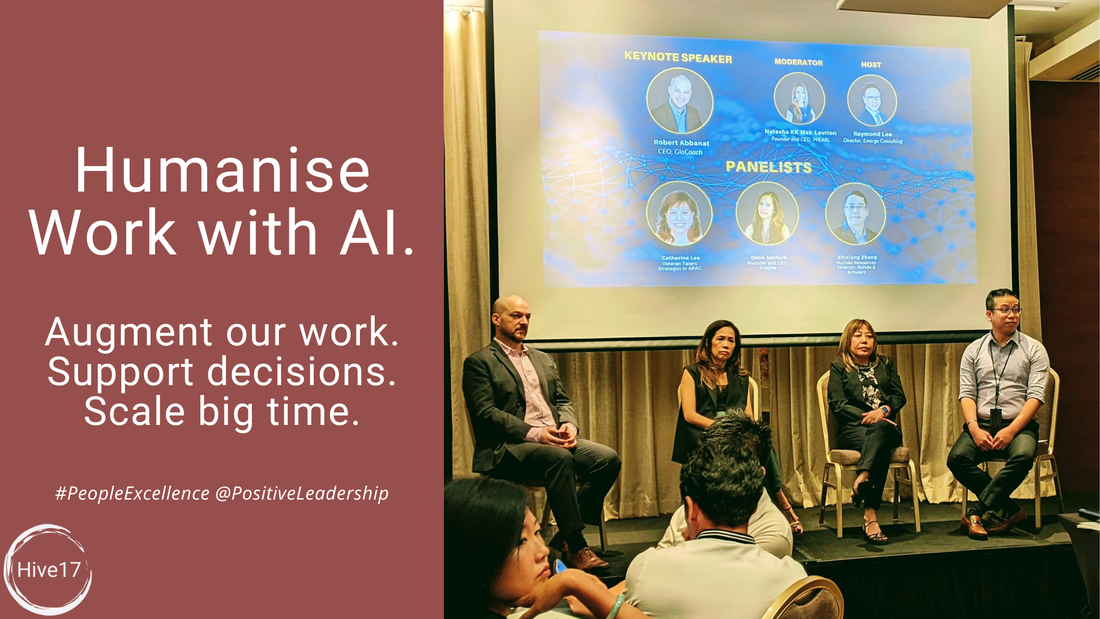
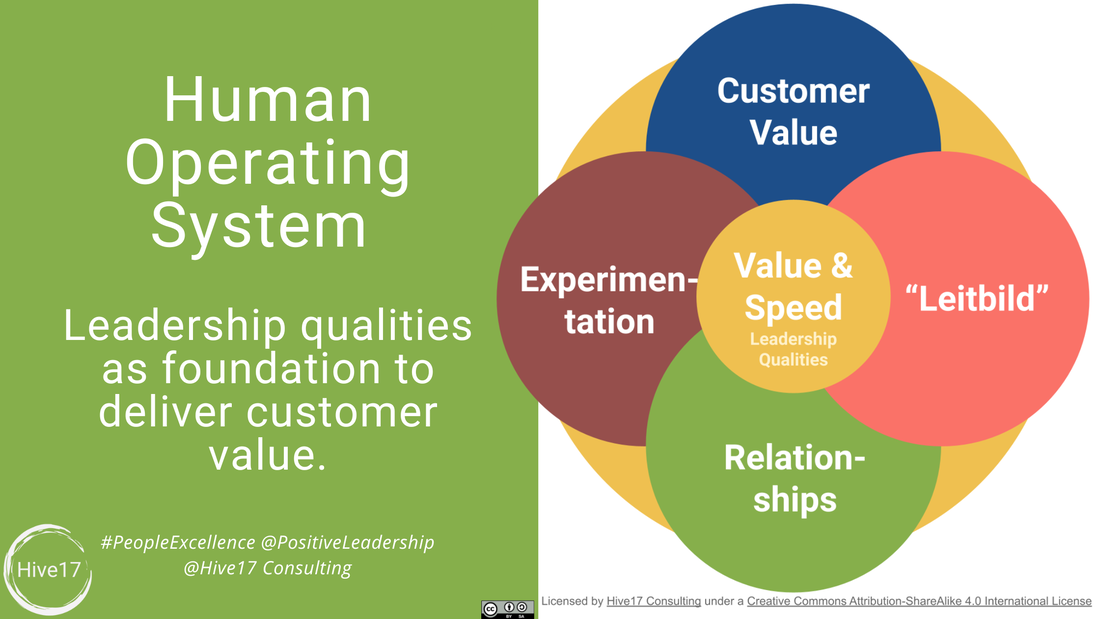
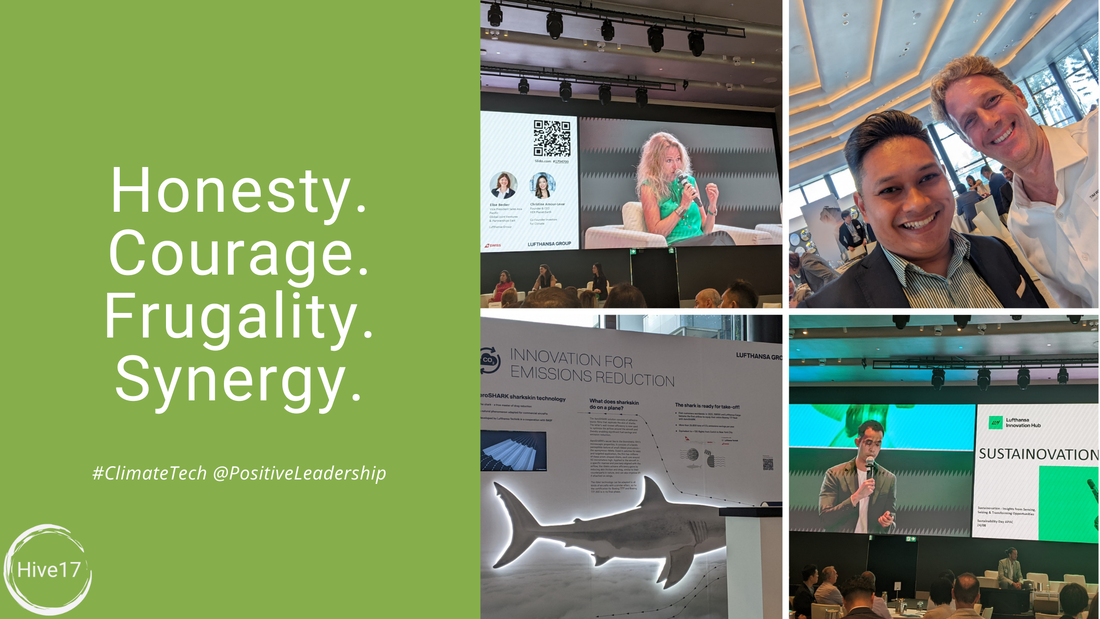
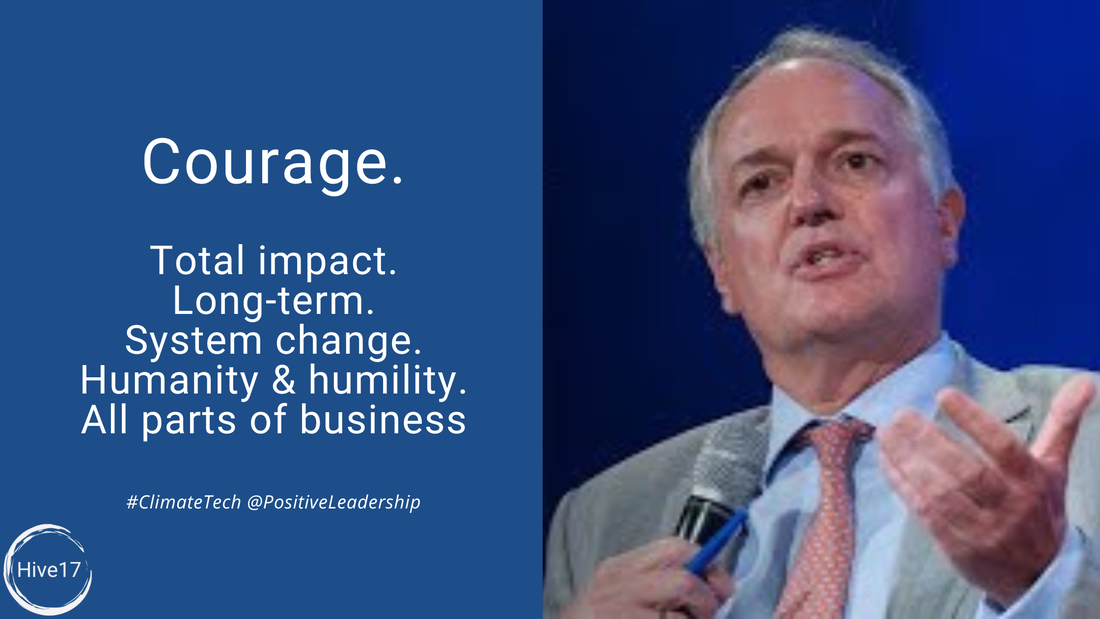
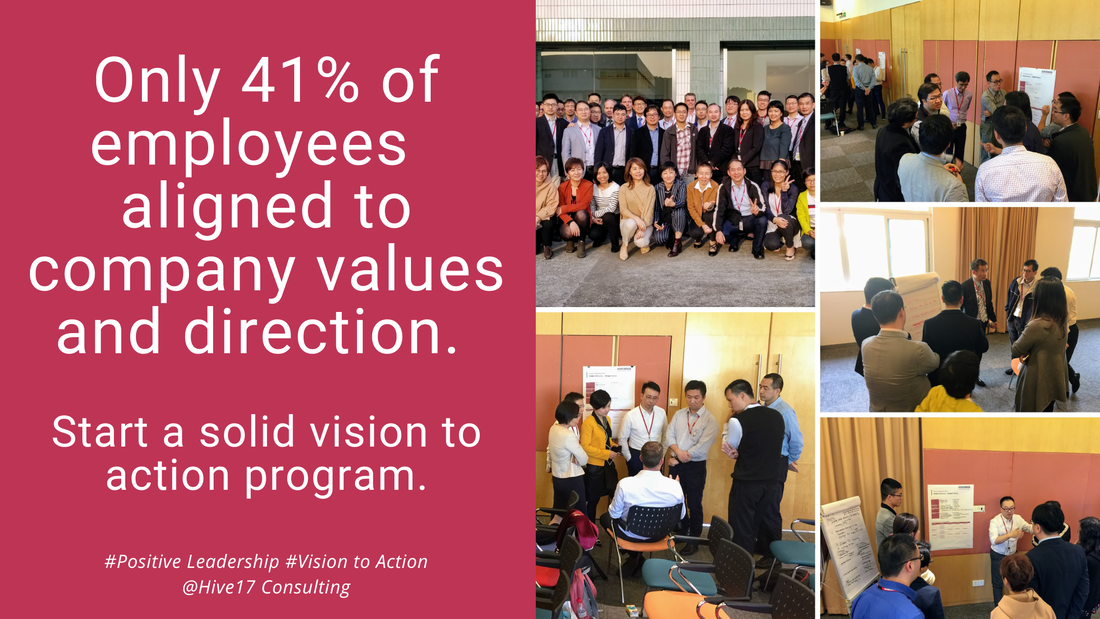
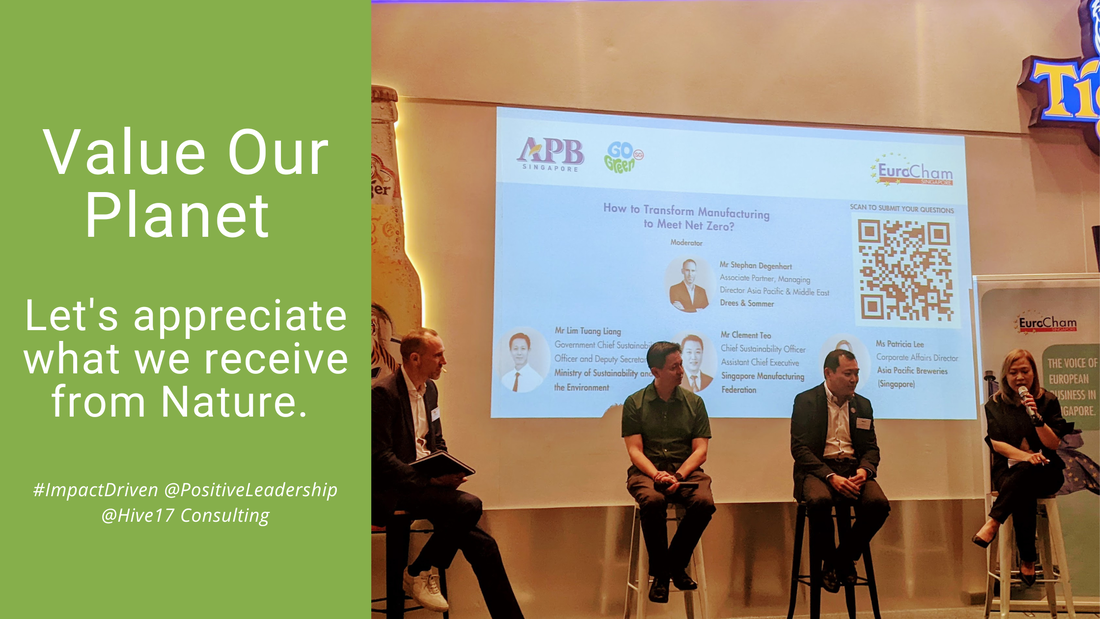
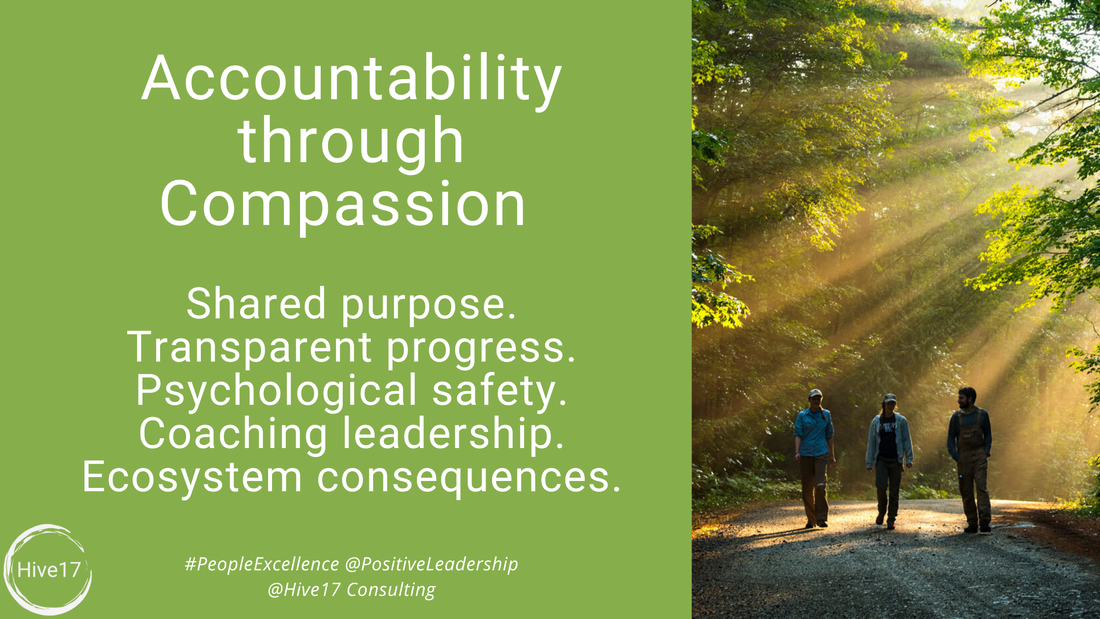
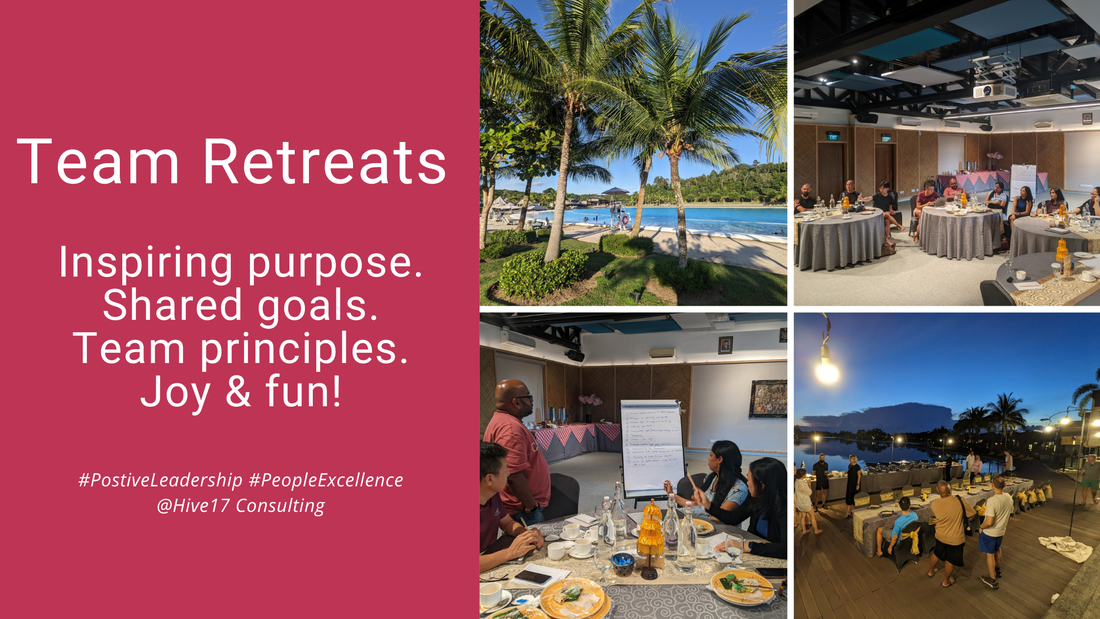
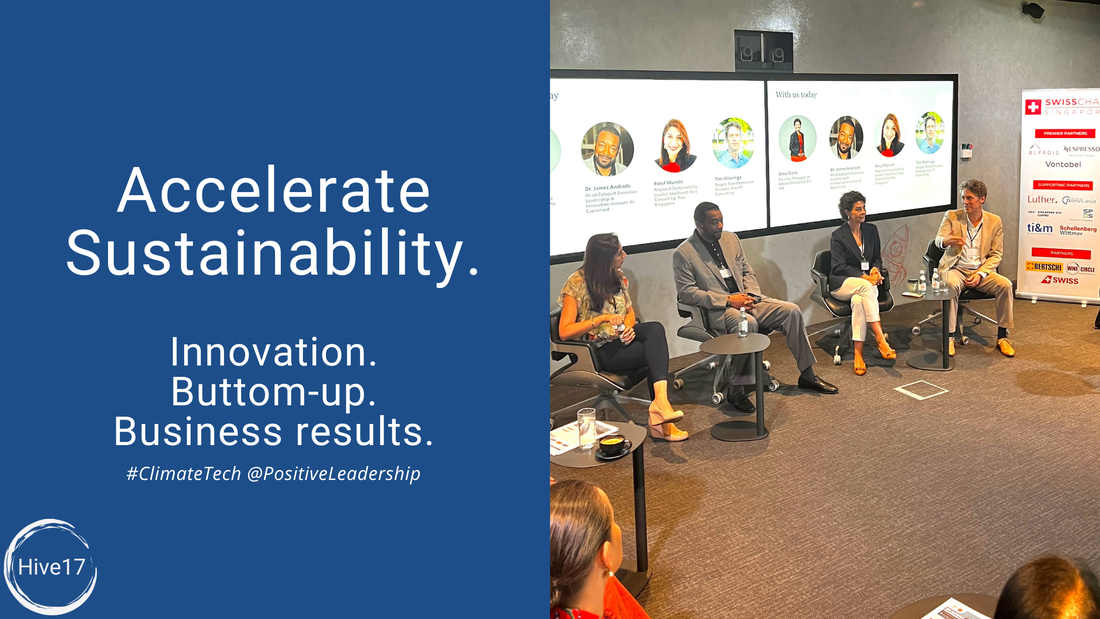
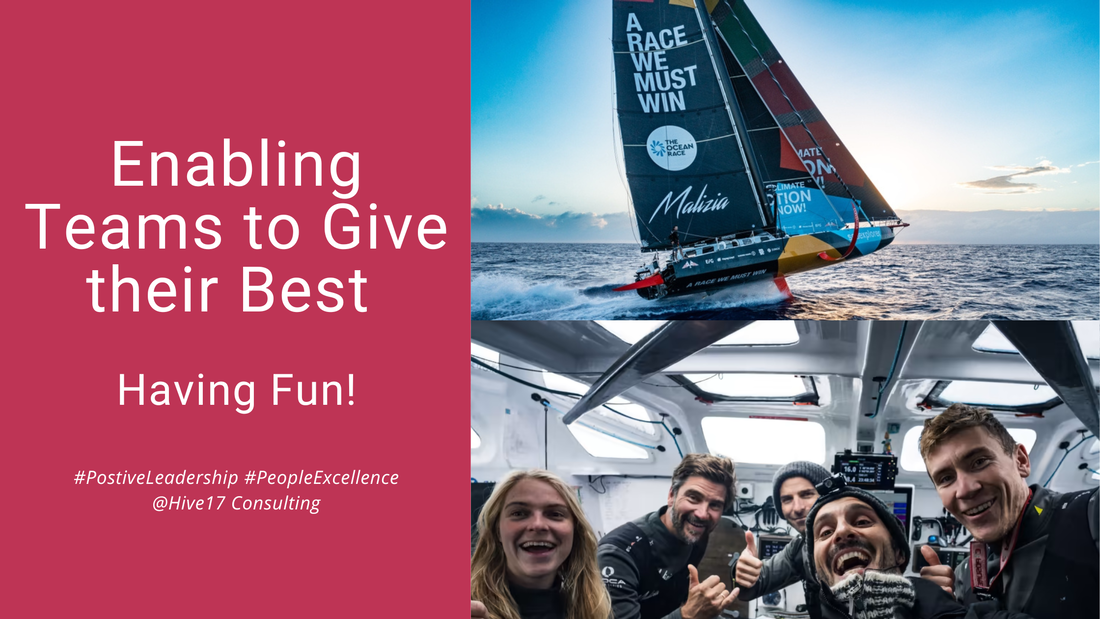
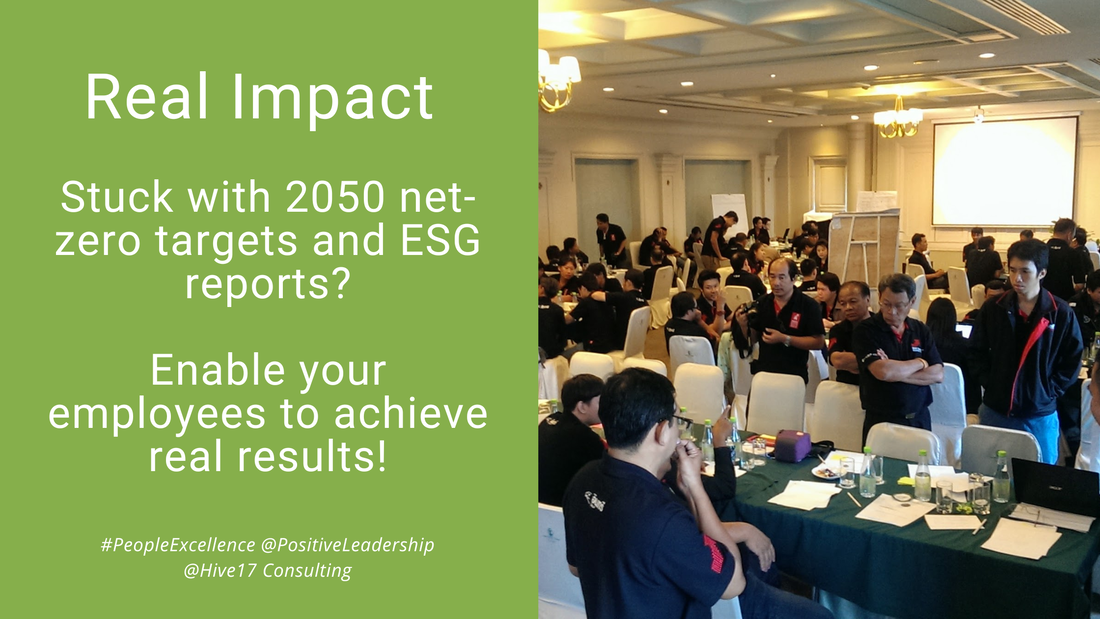
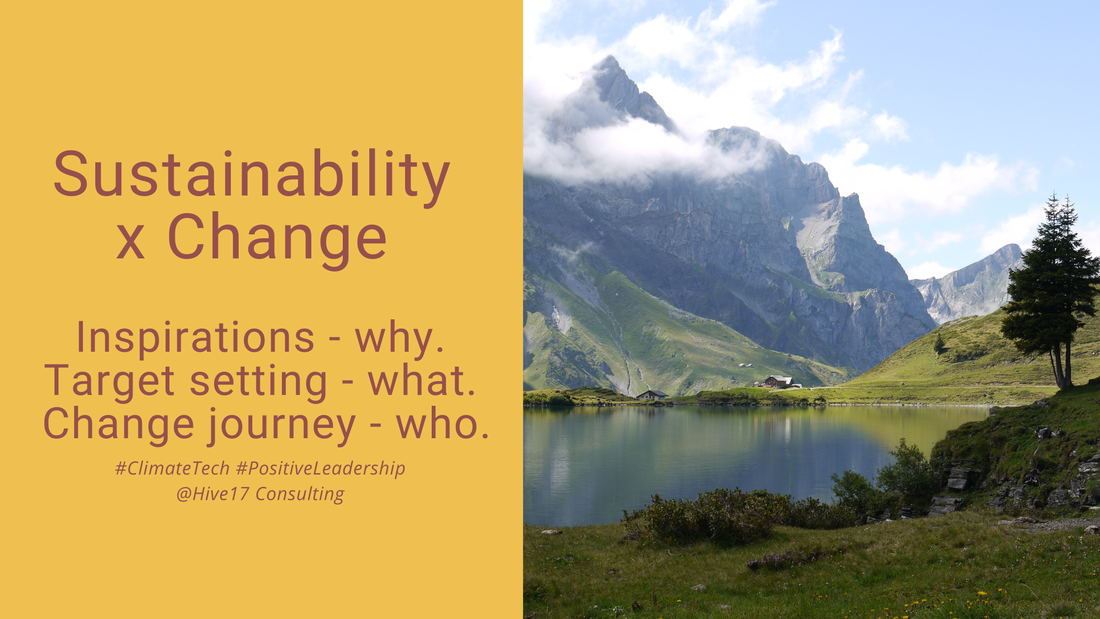
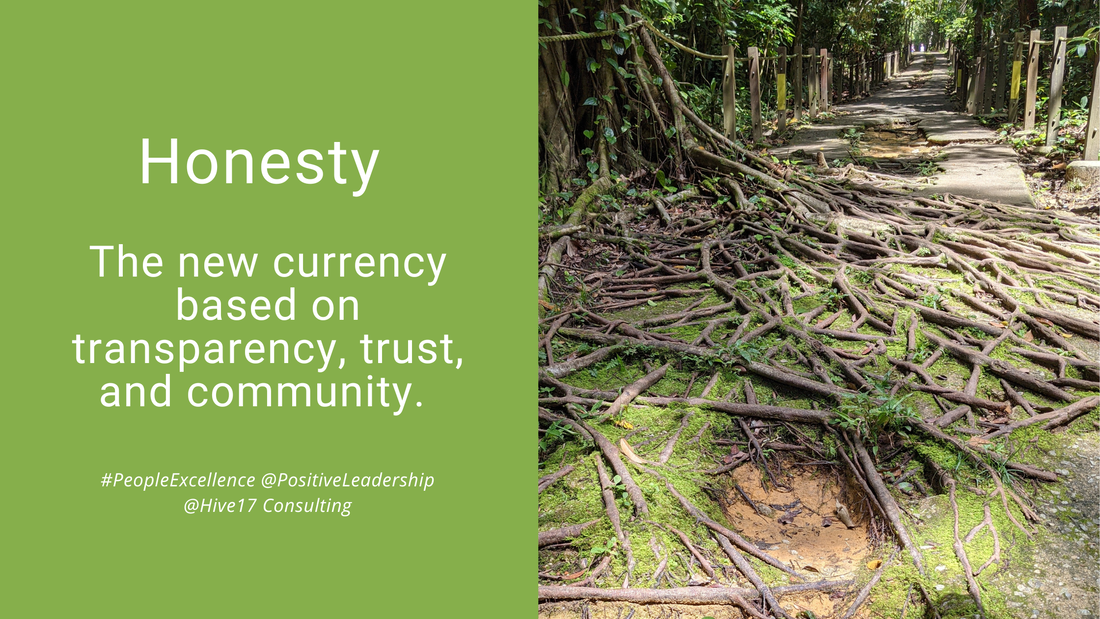
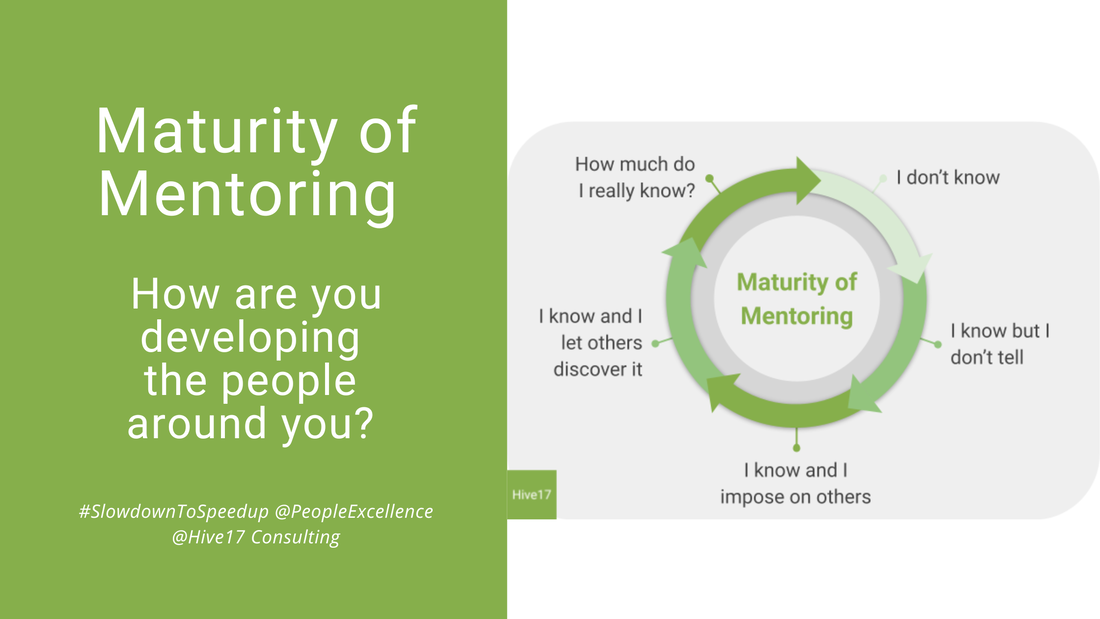
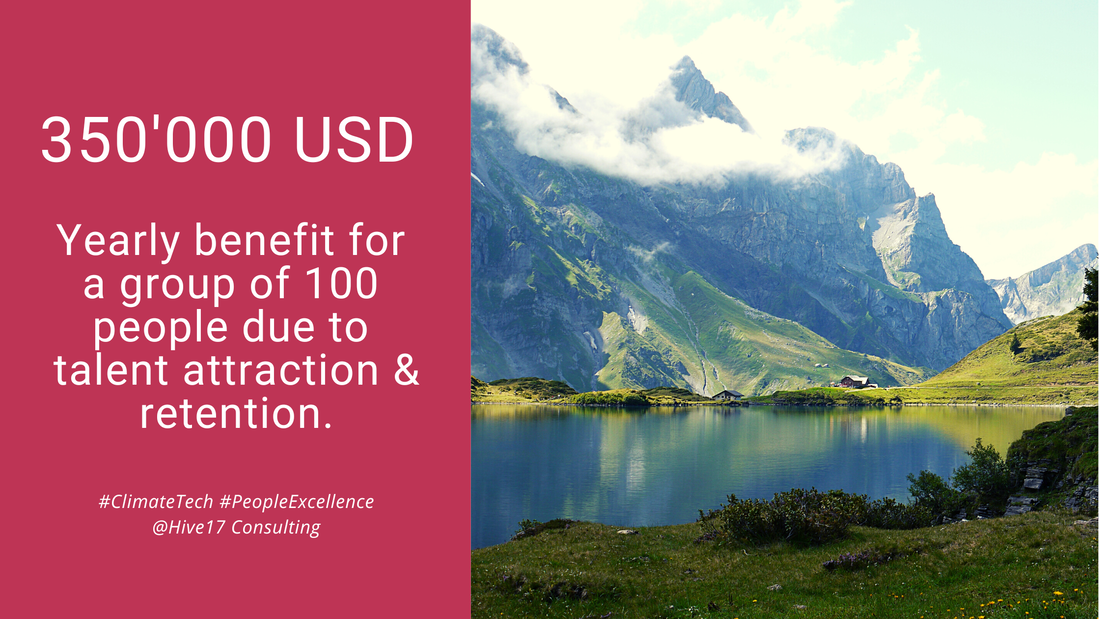
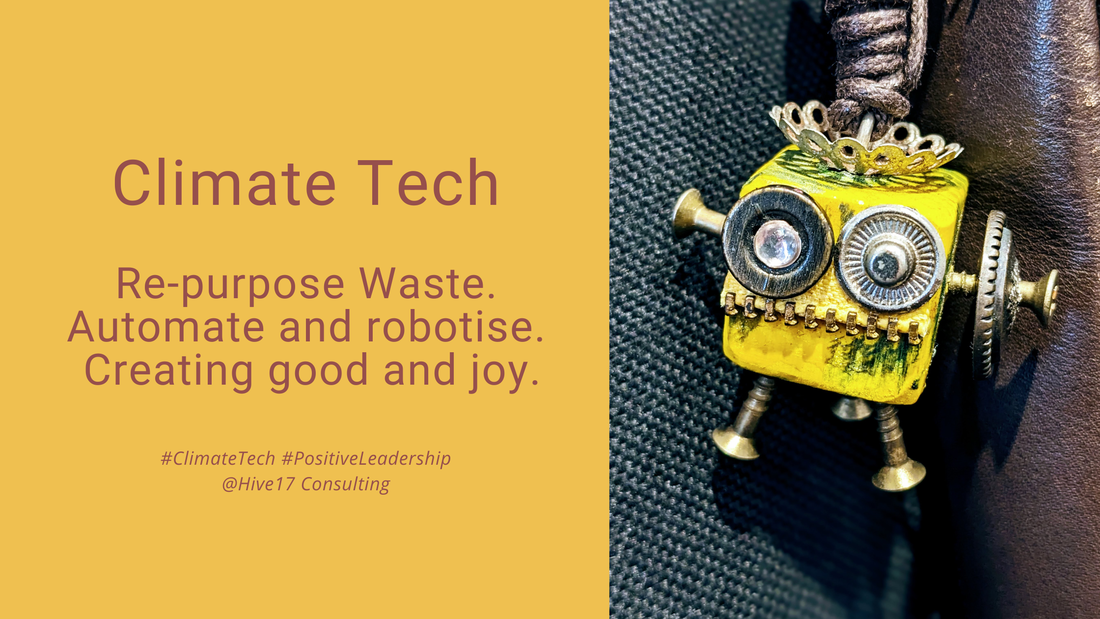
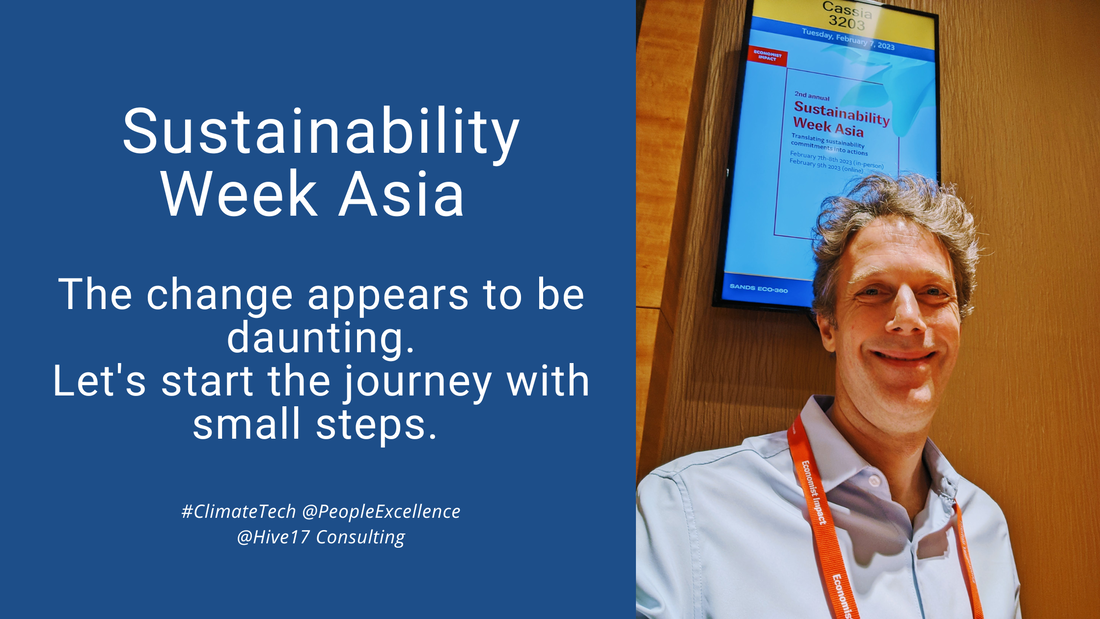
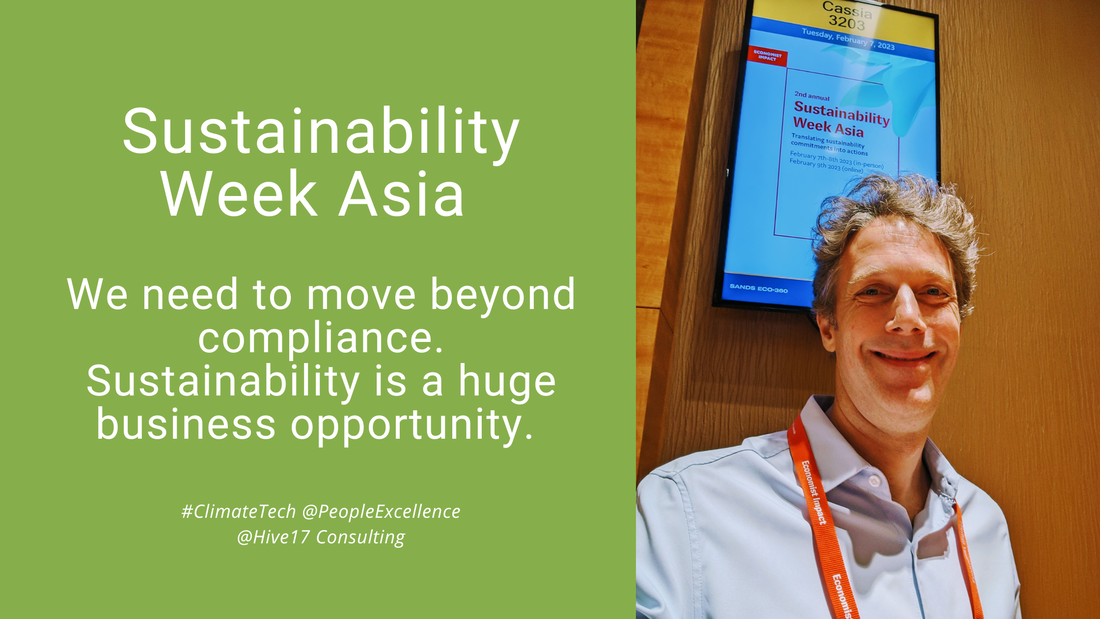
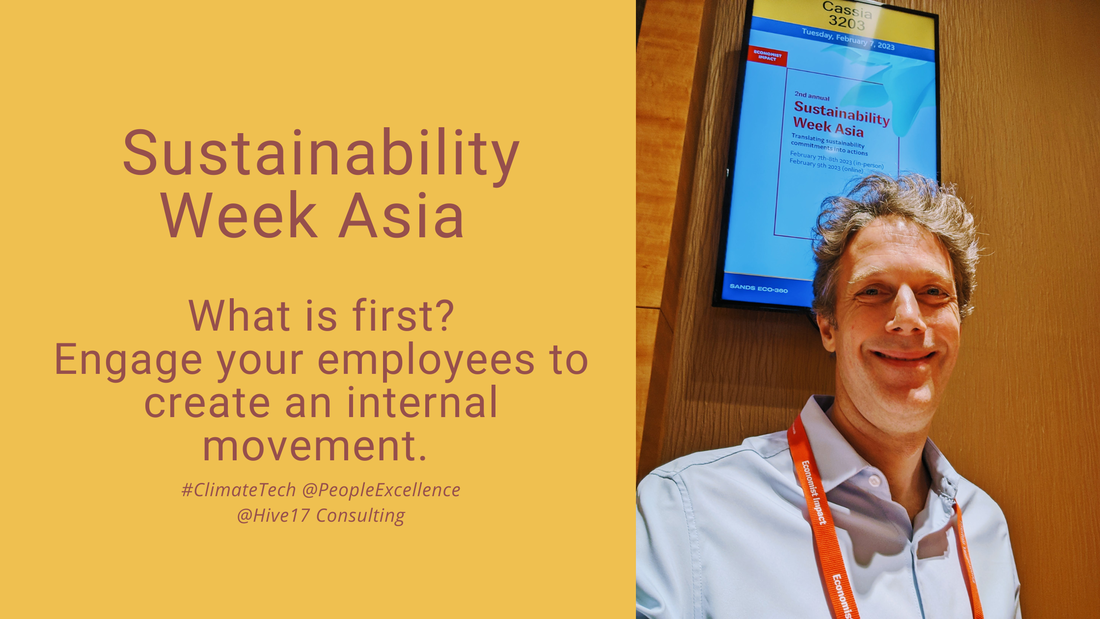
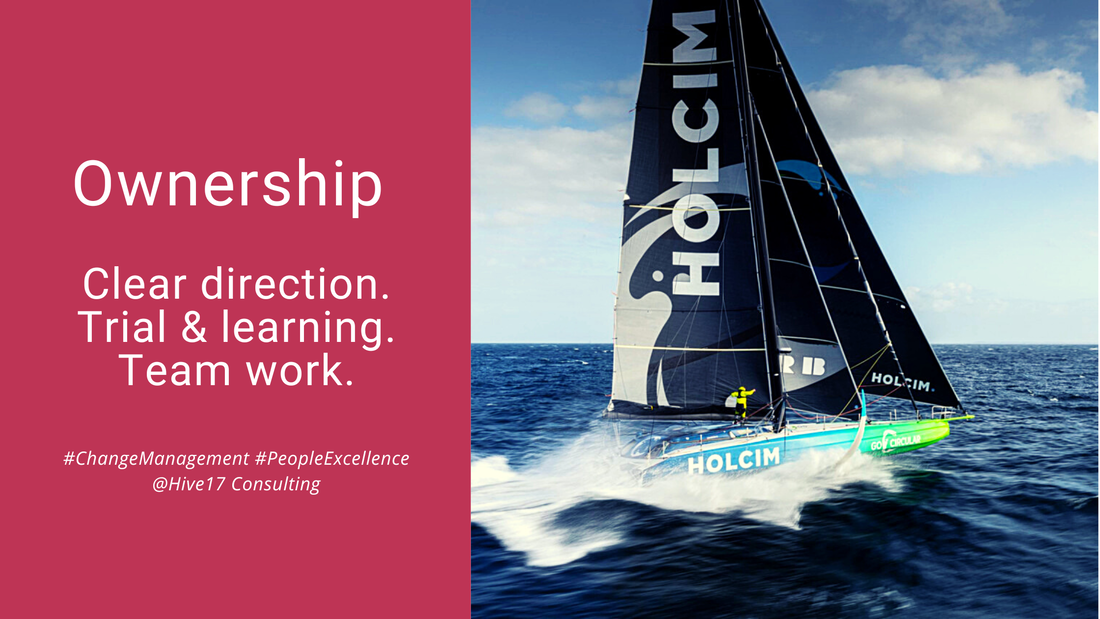
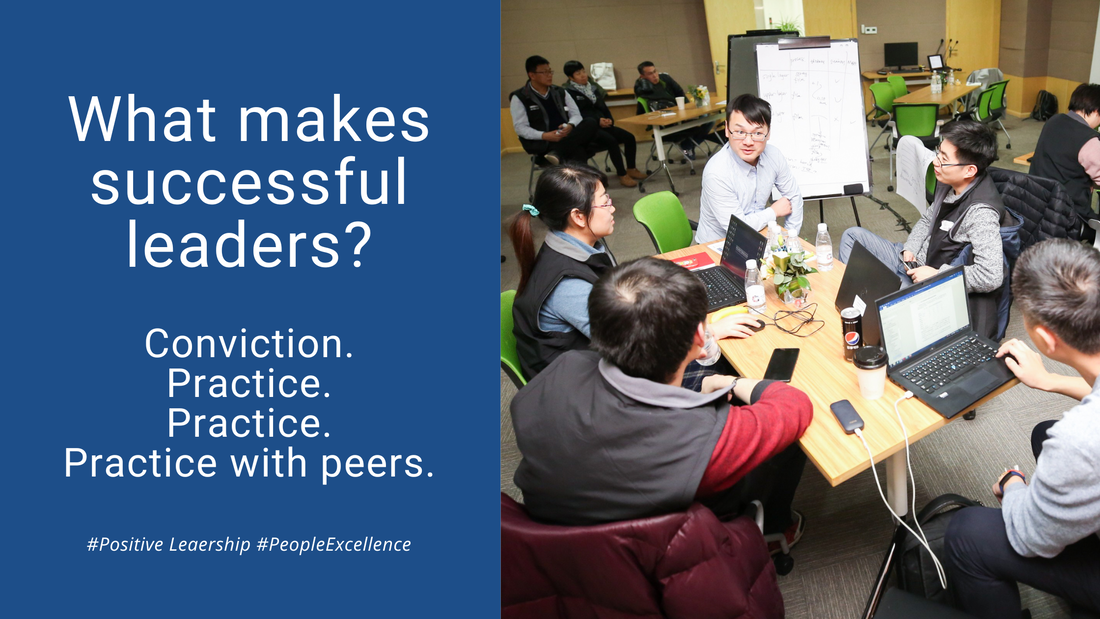
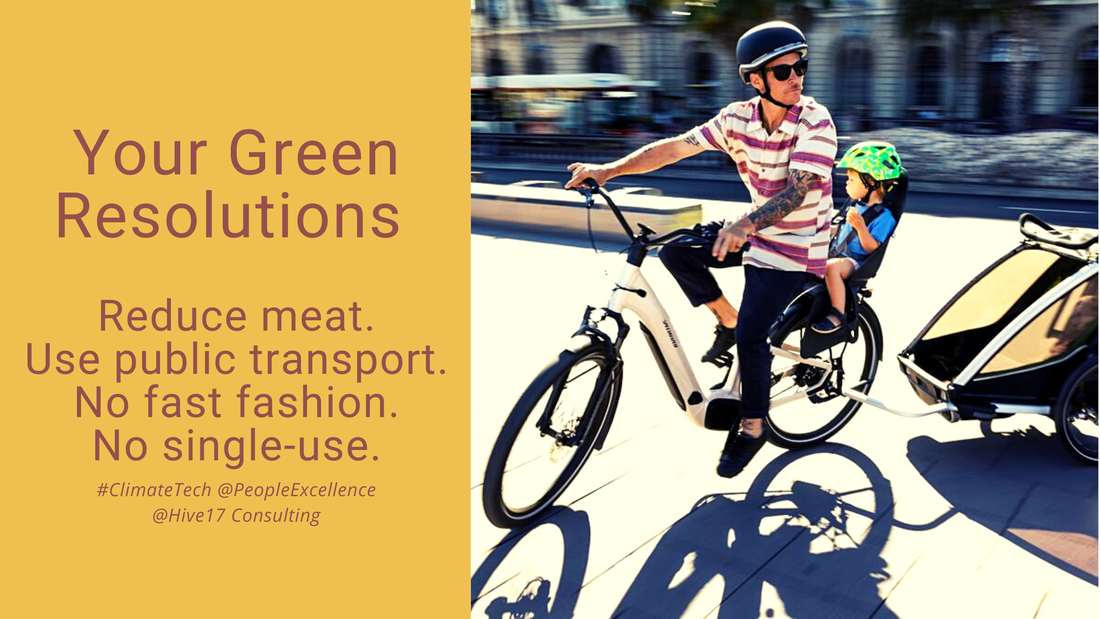
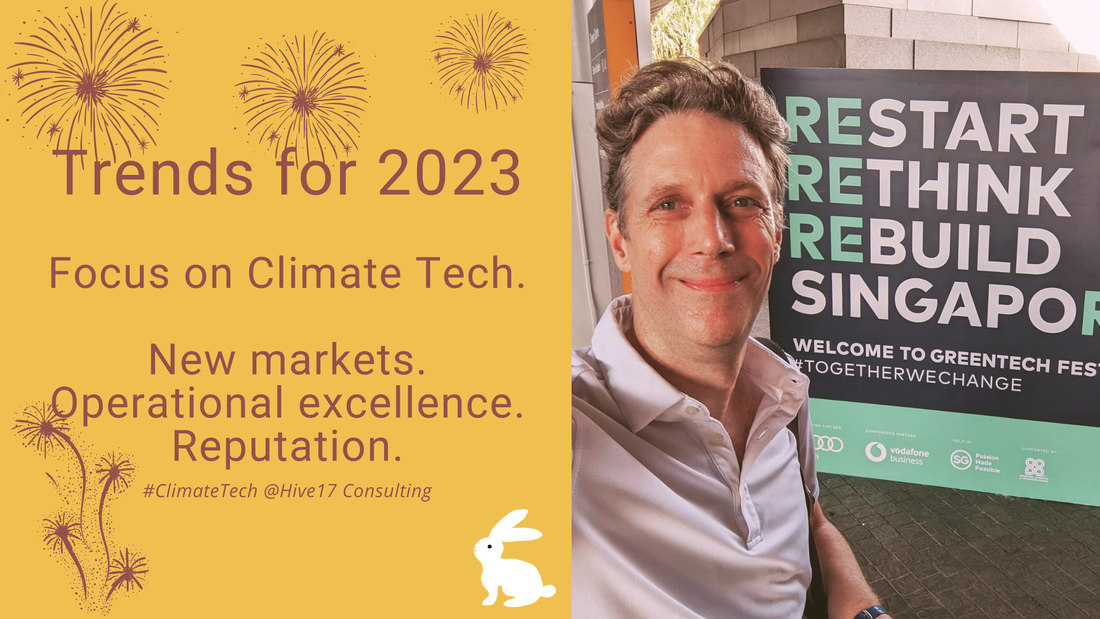
 RSS Feed
RSS Feed